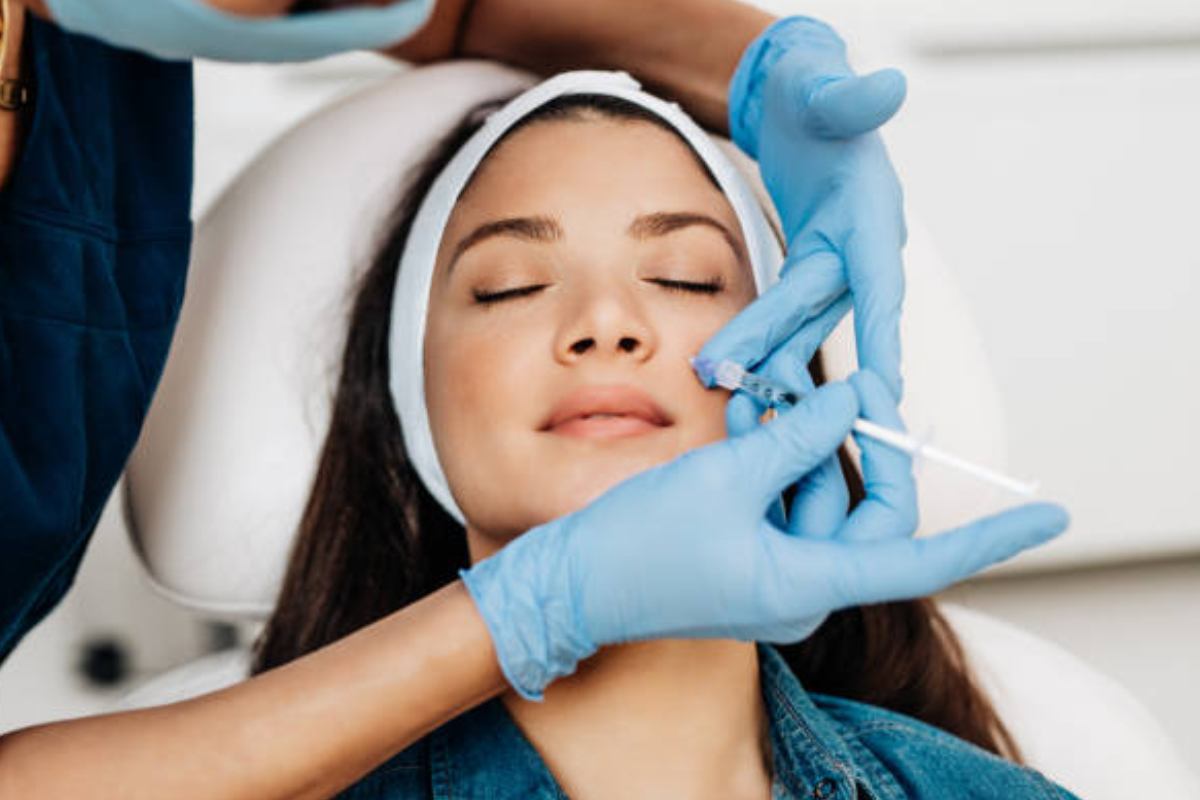Botulinum toxins are the most deadly substances known to humans. Botox is a substance that consists of a bacterium known as Clostridium botulinum. The raw material for Botox is manufactured by growing and purifying the Clostridium botulinum to remove bacterial substances. The resulting purified neurotoxin complex is safe for aesthetic treatment, primarily when performed by an experienced doctor. The injection of Botox Union Square into the muscles makes them contract and block nerve signals. The weakening or paralysis of muscles makes them diminish and, thus, is excellent for eliminating facial wrinkles and fine lines.
Although Botox is famous for smoothing and diminishing wrinkles, particularly among celebrities, the medical community continues to discover other potential uses for everyone. Apart from treating anti-ageing cosmetically, below are different possible uses of Botox.
Table of Contents
1. Chronic migraines
By accident, researchers have established that medications for reducing blood pressure, depression, and seizures can help relieve migraines. Botox injections join that growing list of drugs that can provide relief against chronic or severe migraines.
Researchers think Botox prevents the firing of nerve signals that cause migraines and headaches.
You may receive several Botox injections in your head and neck to relieve or prevent long-lasting migraines. The effect of the treatment can last more than three months.
2. Crossed eyes
Medically called strabismus, crossed eyes is a condition that involves your eyes looking in different directions. According to the American Association for Pediatric Ophthalmology & Strabismus, crossed eyes affect more than 5% of Americans.
People with crossed eyes were among the first to benefit from botox injections. And with time, doctors discovered that the injections could also stop muscle spasms of the eyelid and thus eliminate rapid eye blinking.
3. Excessive sweating
Primary axillary hyperhidrosis (PAH) is a severe disorder characterized by excessive and uncontrollable sweating without a recognizable underlying cause. Excessive sweating may cause your skin to soften and break down because of extended exposure to moisture. Also, profuse sweating may encourage infections by disease-causing bacteria.
Numerous studies show that people treated with Botox may not experience profuse sweating of the underarms, hands, and feet.
4. Overactive bladder
The condition causes your inability to control a sudden, frequent urge to urinate. As a result, you may frequently urinate during the day and at night.
One study shows that nearly 70% of women with an overactive bladder that received Botox injections reduced their frequency of urination from five to three times a day.
However, Botox may trigger excessive shutting down of the bladder, necessitating the use of a urinary catheter.
5. Sex issues
Botox treatment may help eliminate pelvic floor spasms or contractions of the vagina that may be causing pain during and after sex.
Men can also benefit from Botox since its direct injection into the penis relaxes the muscles, making it possible to delay ejaculation.
6. Foot pain
As you walk or run, your feet can support the rest of your body as they ensure an even weight distribution. However, if you wear high-heeled shoes or are an athlete, your feet experience more straining and wear and tear, which makes you more prone to foot pain.
Botox injections can treat various conditions affecting your lower extremities, including your feet, such as tighter muscles.
Contact Matthew W. Shawl, MD, today to request an appointment with a specialist in Botox injections.

